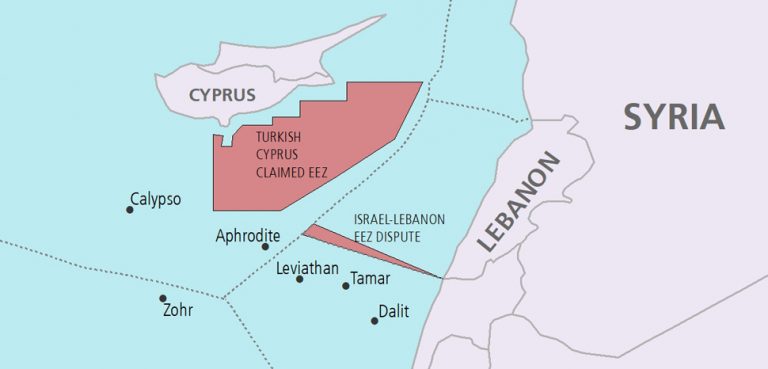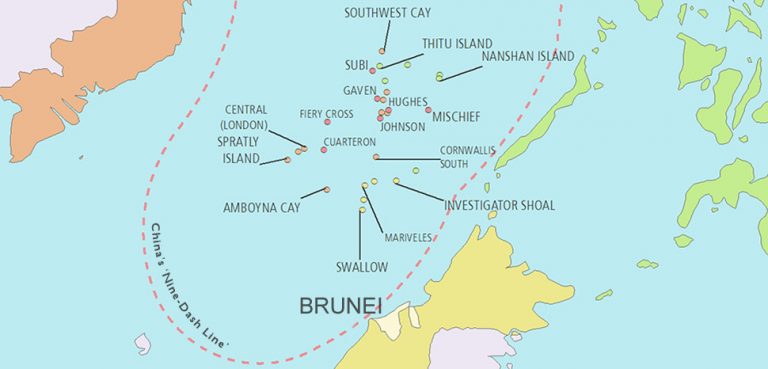
Summary
Nepal is a relatively small, land-locked agricultural state squeezed between China and India, Asia’s main rising powers. While its importance is limited on its own, in the context of ongoing Sino-India competition Nepal holds a greater geopolitical significance. As a matter of fact, it is a typical example of buffer state between two great powers. But for a buffer zone to preserve its nature, a fundamental requirement must be respected: none of the two neighbors should have a prominent role in its affairs. In other words, there must be a mutually acceptable status quo. If the buffer state starts leaning toward one power, the equilibrium is put at risk as the other will consider it an extension of its competitor, and therefore as a potential threat.
Recent geopolitical developments indicate that this may well be the case in Nepal; the equilibrium is straining, with potential ramifications for the region and beyond.
Background
Originally a Kingdom within the sphere of influence of the British Empire, Nepal began facing serious political troubles in 1996, when a Maoist insurgency triggered a civil war that lasted 10 years. In 2008, two years after the end of the conflict, the monarchy was abolished and Nepal became a federal democratic republic. In the short term, this did not have much of an effect on the country’s foreign policy, and especially towards India. Nepal maintained friendly (and some even say subordinate) relations with its large southern neighbor for decades.



